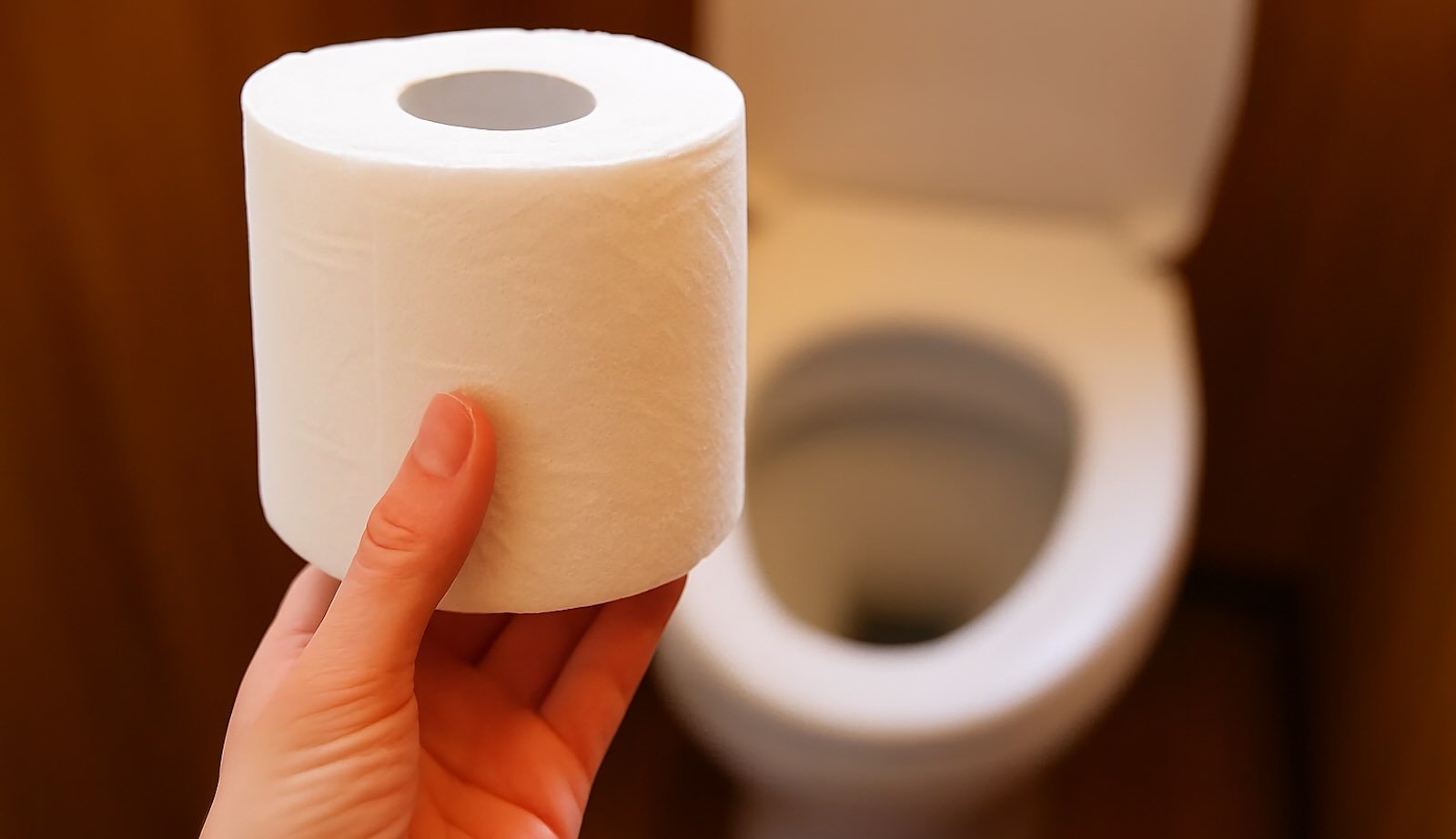Bathroom habits are undergoing a radical transformation. As ecological concerns intensify and medical experts question the effectiveness of conventional methods, alternative hygiene solutions are gaining momentum globally. This movement isn’t merely about being eco-friendly—it also promises enhanced cleanliness and daily comfort.
Why toilet paper is becoming obsolete
Toilet paper, a standard in Western hygiene, is now being reevaluated for its numerous downsides. Each day, roughly 27,000 trees are felled to meet global demand—a staggering environmental toll that can no longer be ignored.
From a health perspective, wiping with paper fails to clean adequately, especially during bouts of diarrhea. Continuous wiping may lead to skin abrasions, discomfort, and long-term irritation. Although its use has persisted for generations, many now realize it’s an inefficient tool for hygiene.
Interestingly, the debate over toilet paper’s effectiveness is not new. An 1891 patent even specified the “correct” roll orientation. But no matter how it’s placed, the core limitations of toilet paper remain unchanged.
Goodbye to energy dependence – Alaska discovers more than 1,200 TWh hidden under the ice, and the find could change the world
Goodbye Pepsi: Costco makes a major decision that completely changes its strategy with sugary drinks
Meanwhile, countries such as Japan have long adopted superior solutions that prioritize both hygiene and user comfort moving well beyond dry wiping.
Water-based solutions taking center stage
Water, combined with soap, is emerging as the most effective and skin-friendly way to cleanse after using the toilet. Bidets and washlets offer precise, gentle cleaning that eliminates the need for paper.
Modern Japanese toilets are equipped with advanced features like warm water jets, adjustable pressure, and built-in dryers, offering a hands-free, thorough cleaning experience. These systems make daily hygiene easier and far more efficient.
Beyond personal care, water-based devices also help keep the toilet itself cleaner, reducing the spread of bacteria—much like keeping your fridge spotless can prevent foodborne illnesses.
Whether it’s a full-featured washlet or a basic bidet attachment, many of these upgrades are affordable and require minimal installation, making them accessible even for renters or older homes without significant plumbing modifications.
The broader impact of this bathroom transformation
Ditching toilet paper has wide-reaching benefits. Environmentally, it means saving forests and reducing the water and chemicals used in paper manufacturing. Consumers are also finding new eco-friendly uses for leftover rolls, such as turning them into fire starters with coffee grounds.
Surprisingly, even though these systems use water, they’re more water-efficient overall. Producing a single roll of toilet paper consumes nearly 37 gallons of water—far more than a typical bidet session.
How detonating a nuclear bomb could protect planet Earth
Buys a coal mine for $2 million and discovers metals worth up to $36 billion
The healthcare sector also sees promise in this shift. Using water instead of paper can minimize the risk of infections, ease symptoms of hemorrhoids, and offer better hygiene for individuals with limited mobility.
Clogs and plumbing issues also decrease without paper waste, streamlining bathroom upkeep. It’s part of a larger trend toward simple yet effective home maintenance—like removing limescale with natural solutions that don’t require harsh scrubbing.
As more people embrace these innovations, the role of toilet paper is rapidly declining. The shift isn’t a matter of “if” anymore—it’s a question of how soon this global transition will become the new normal.
